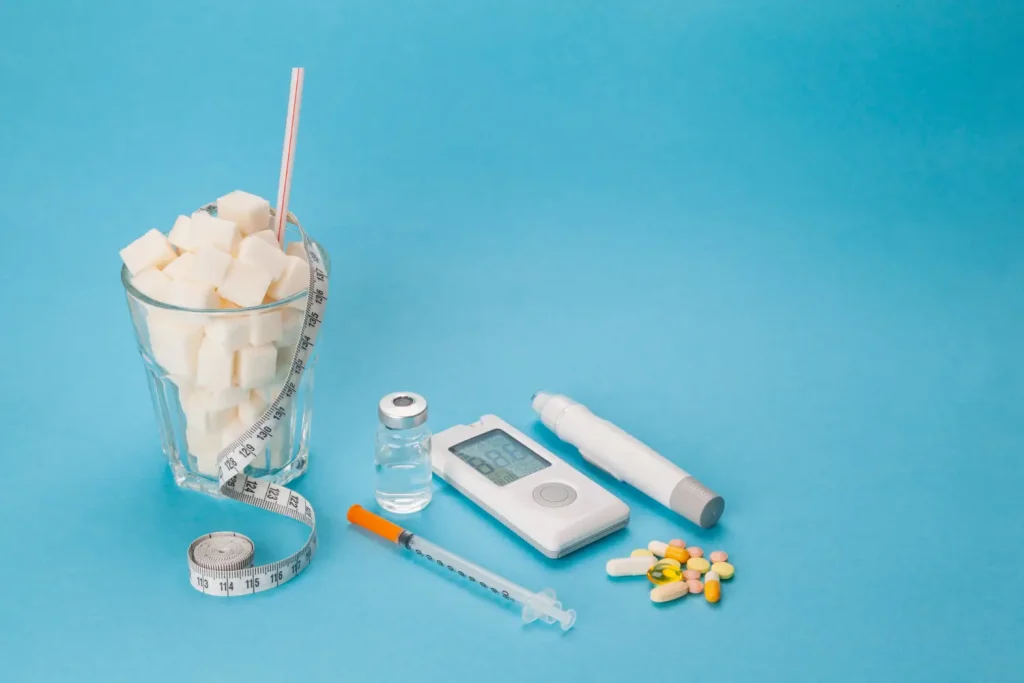Type A
Type A is produced by a bacterium called Clostridium botulinum. Type A is a neurotoxin that blocks nerve signals in muscles, causing a temporary reduction in muscle activity.
Type B
Like type A, it is produced by Clostridium botulinum. Type B is also a neurotoxin that blocks nerve signals in the muscles. As with type A, this causes a temporary reduction in muscle activity.
Treatment
Type A is marketed under various names, including Botox. Depending on the brand being used, the unit of measurement is different. If you are used to Botox units and decide to switch to treatment with Dysport, you may notice the difference.
Type B is available commercially as Myobloc. The units of measurement of type B is also different compared to type A and cannot be used in combination.
Treatment with either will vary depending on the condition and patient.
Botulinum toxin binds to the receptors present on the motor or sympathetic nerve terminals, thus blocking their neuromuscular transmission. Botulinum toxin type A enters the nerve terminals and inhibits the release of acetylcholine, which controls the contraction of the muscles.
What are the side effects?
Type A
Side effects typically include bleeding, redness, mild pain, or bruising at the site of injection. Other side effects may include flu-like symptoms, headache, muscle weakness, eye swelling, fatigue, or increased sweating in other areas. Some symptoms may be specific to certain areas of treatment. Rare side effects can include drooping eyelids, vision abnormalities, skin rash, irregular heartbeat, or trouble swallowing.
Type B
Similar to type A, common side effects include injection-related responses such as bruising, mild pain, redness, and bleeding. Other side effects include flu-like symptoms, headache, muscle stiffness, dry mouth, or drowsiness. Serious, but rare, side effects include muscle weakness in areas that were not injected, drooping eyelids, loss of bladder control, chest pain, and vision abnormalities.
The injector will discuss all possible side effects with you prior to treatment.
Ingredients
Botulinum toxin injectables include either type A or type B, as well as excipients such as human albumin and sodium chloride. You should not receive treatment if you are hypersensitive to any of the ingredients.
Do I need to get an allergy test before treatment?
Allergy tests in advance of performing this type of treatment helps reducing the risks of a hypersensitive reaction. For one example of how this treatment is performed, Botox is commonly injected into the forearms skin. Then a test after 2 weeks has passed, is done in order to determine what, if any, reaction occurs. If you have never had a chance or need to receive treatment with botulinum toxin, ask your doctor about what allergy test is appropriate for the product brand you are using. Do not use if you have a known allergy to components within that specific injectable.
Cost of Botox
The price of treatment can be determined in 2 ways: a flat fee or a cost per unit. Generally speaking, Botox can cost between $300 to $1,000 or $10 to $15 per unit. On the other hand, Dysport and Xeomin can cost slightly less. The price of treatment with Myobloc can start around $300. These prices may vary depending on the area you live in, the expertise of the injector, and the amount of botulinum toxin used. If it’s your first treatment, you may be injected with slightly less and the amount may be increased in order to meet your needs.
Botulinum toxin type A and type B are very effective treatments for a variety of medical and cosmetic conditions. The use of both have proven to be safe and effective. If you are allergic to a specific type, you may be eligible for treatment with the other. Speak to your health-care provider to see if treatment with botulinum toxin is right for you.





















